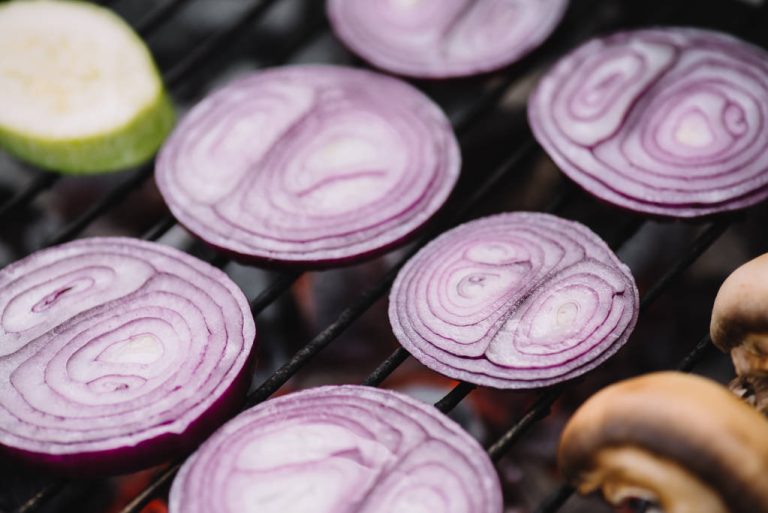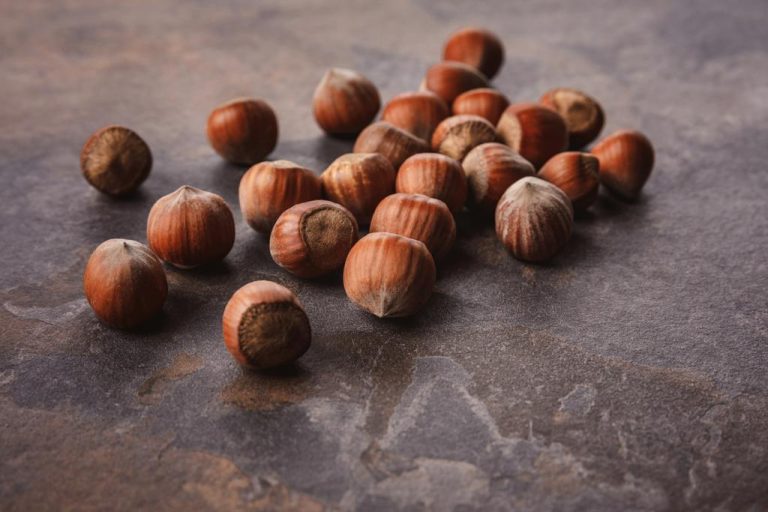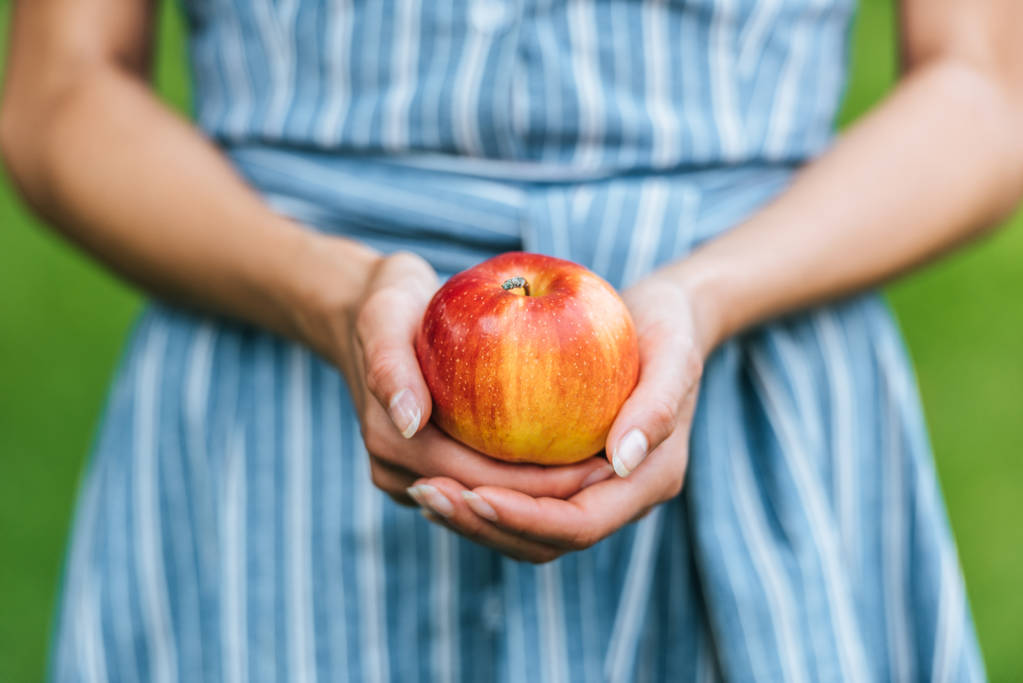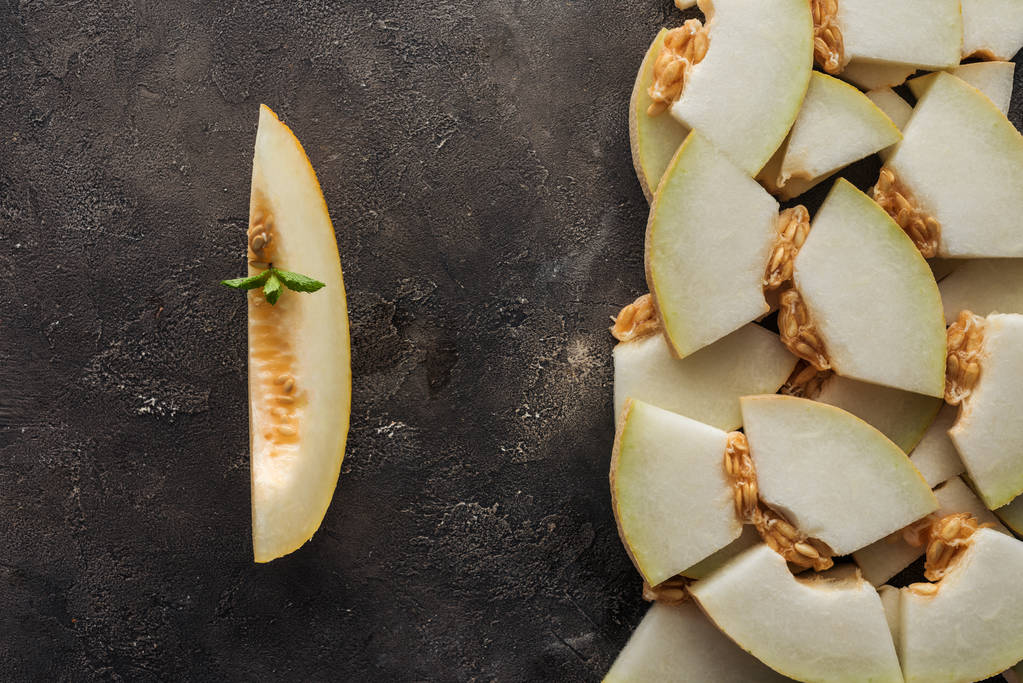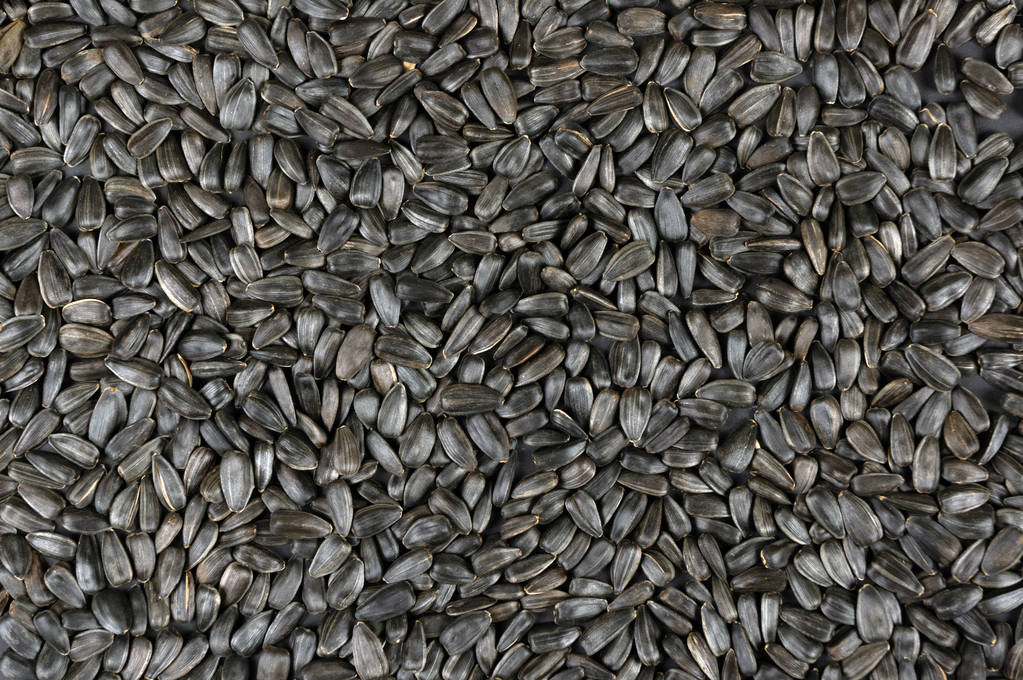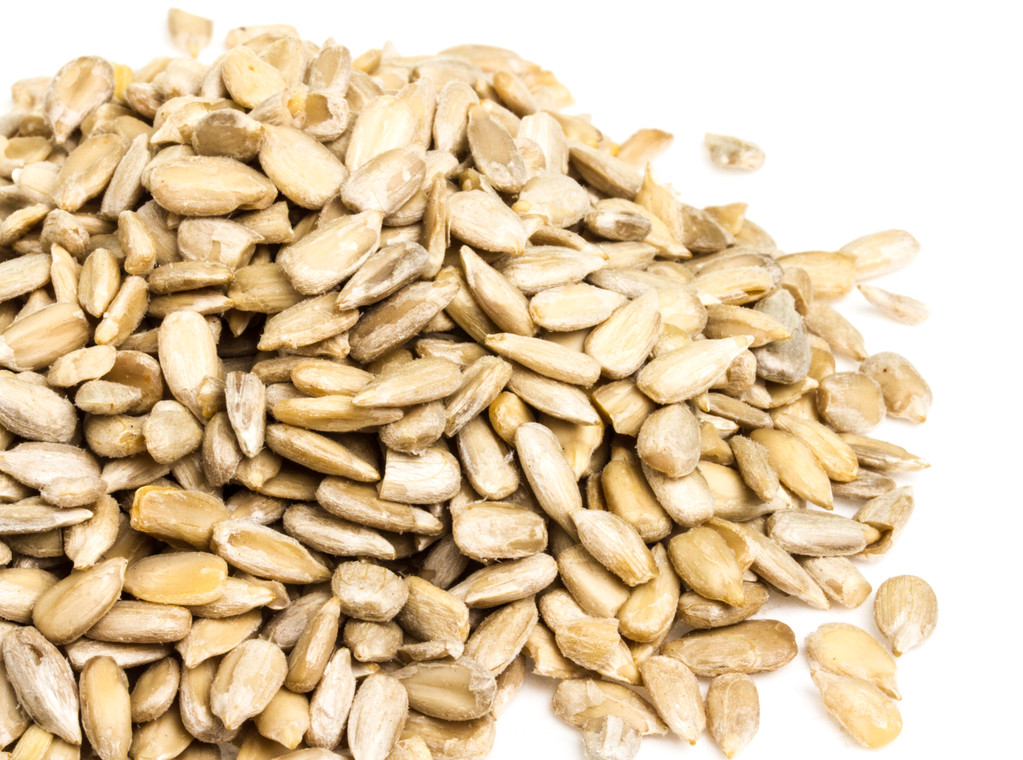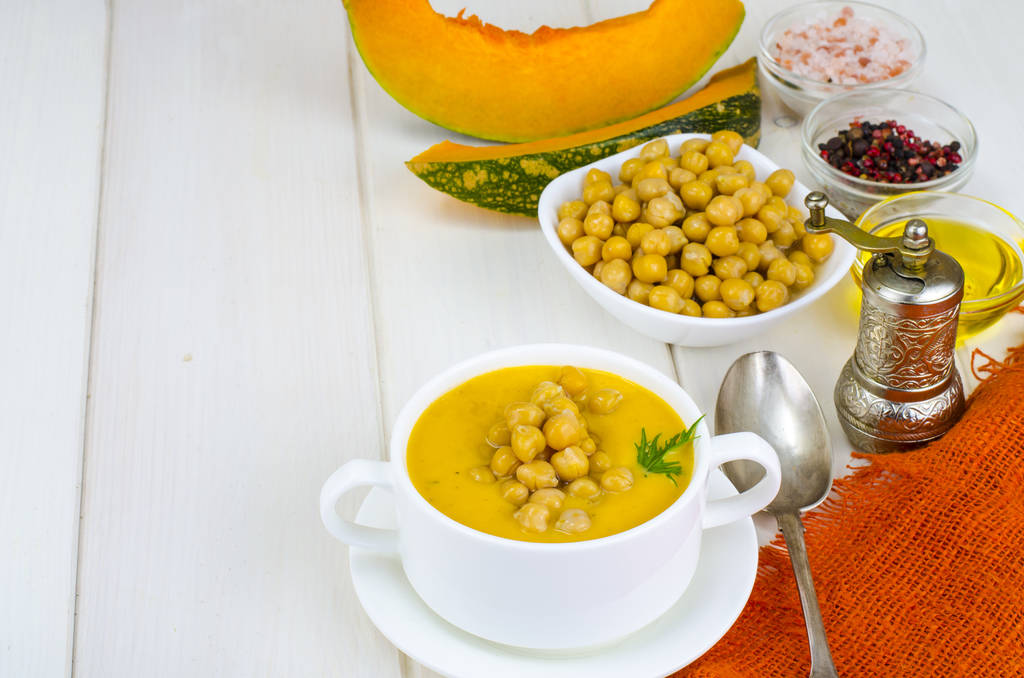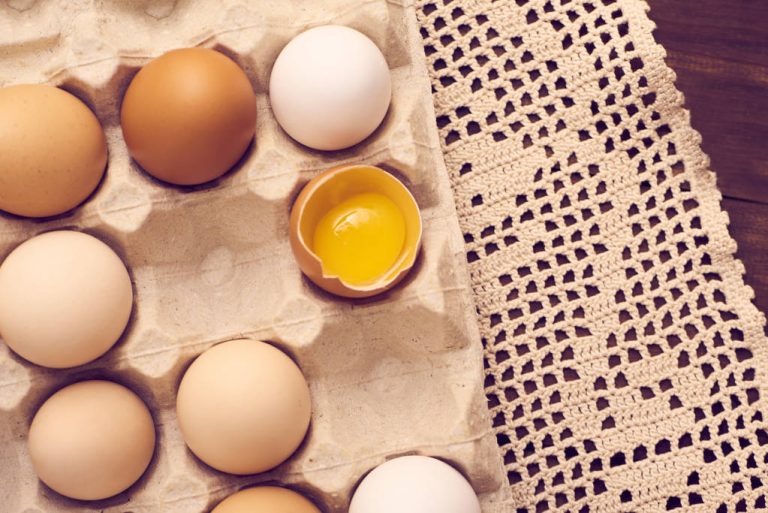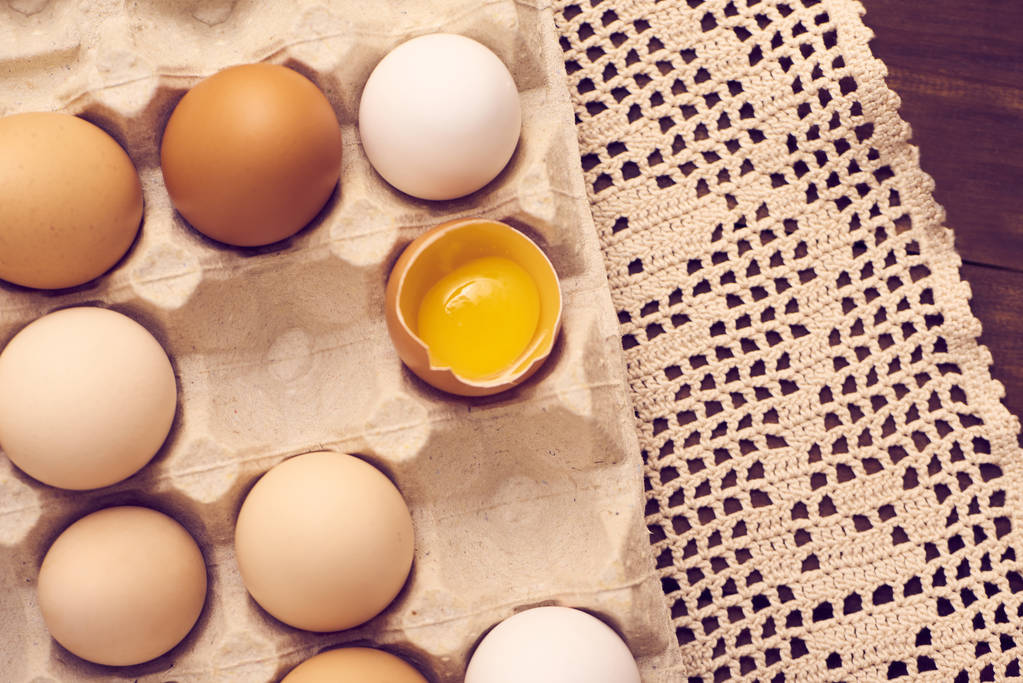Chopping onions is one of the most disliked cooking tasks for many. We show you two methods with which you can easily cut onions into small pieces or into rings.
Slicing Onion: Onion rings are the easiest
The easiest way is to cut an onion into many (half) onion rings. You take advantage of the structure of the onion:
First, peel and halve the onion. It is important that you cut through the onion on the side where the tuber base is located.
Then place the onion with the flat side on a board and cut narrow strips down the side.
The thinner the strips, the thinner the onion rings.
Tip: If you want whole rings instead of half onion rings, you must not halve the onion beforehand.
Cut the onion into very small pieces
To dice the onion, the following three-step method works best. However, it is not very easy. That’s why you’ll find an easier way to cut onions below.
1. First, peel and halve the onion and place it in front of you with the base of the bulb facing you.
Then use a knife to cut narrow strips into the onion half.
However, you don’t cut all the way to the back end, but stop just before the end. This way the onion doesn’t fall apart.
Cut onion – Step 2
2. Next, you need to rotate the onion 90 degrees and cut horizontal strips into the onion at the open end (see image). You need a sharp knife for this and you have to be careful not to cut yourself.
You should cut about three strips horizontally into the onion.
Again, don’t cut all the way to the end of the onion to keep it from falling apart.
Third cut: Dice the onion
3. Finally, cut the onion into small cubes. To do this, cut straight strips into the onion.
Since you rotated the onion in the previous step, cutting the strips again creates small cubes.
The thinner the strips, the smaller the cubes.
You can finally cut the end piece into small pieces.
This method gives you very fine onion pieces. However, you need to try them on an onion or two first and get some practice. If you don’t get along with this method, we have an easier method for you. The onion pieces don’t get that small.
Alternative method of slicing onions
First you need to peel and halve the onion.
Then you have to cut the onion into thin strips as with the halved onion rings.
Now turn the onion 90 degrees and cut it again into thin strips.
However, please note:
The onion pieces get bigger because the horizontal cut is missing.
Since there is no real end piece, you have to be careful not to slip off with the knife, especially at the end.

Cut onions without tears – 3 tips
The two substances alliinase and alliin are in the onion. When cutting onions, they meet and make our eyes water. This is a natural defense mechanism of the plant to protect itself from mice and other animals. The following tips will help:
Safety goggles or diving goggles ensure that the substances from the onion do not get into your eyes.
If you cut the onion at the window, you cry less. Because the onion vapors can be drawn off directly.
You can also peel the onion under water, for example in a bowl. The water ensures that the vapors cannot rise.

